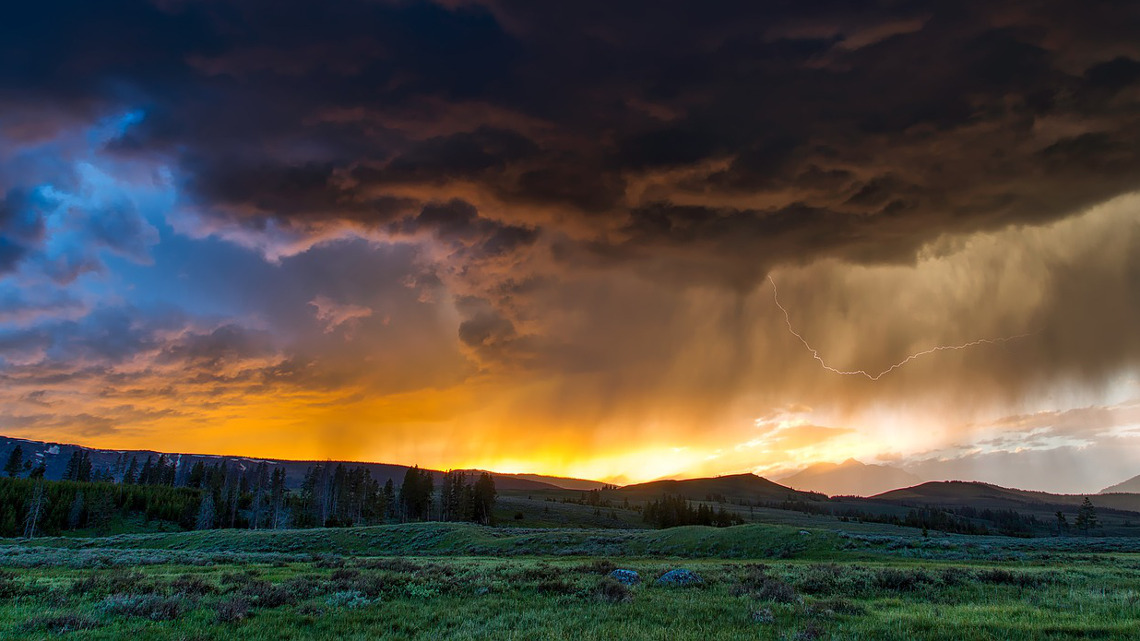Predicting the weather
Extreme weather occurrences are endangering harvest yields worldwide. To enable more precise weather forecasts a new Land-Atmosphere Feedback Observatory (LAFO) will be established.

Despite great advances in technologies, precise weather forecasts are still very difficult to make. Thus, many researchers rely on computer models. However, these models are built upon specific data sets, which are difficult to come by. In particular agriculture requires exact forecasts and is largely negatively affected by the ongoing climate change.
An international team of researchers is now establishing a new Land-Atmosphere Feedback Observatory (LAFO), in order to track changes in weather and climate. Their hope is that this will provide additional information to benefit the global food security. LAFO director and climate expert Volker Wulfmeyer at the University of Hohenheim emphasizes: “It is very important for society and businesses to be able to better predict droughts or heavy precipitation so they can give more precise advance warning.”
Investigating climate change on 9 square kilometres
On the western side of the University of Hohenheim, on 9 square kilometres of the Heidfeldhof, the new Land-Atmosphere Feedback Observatory (LAFO) is being built. The institute will remain part of the Hohenheim Research Center for Global Food Security and Ecosystems. Furthermore, a number of German and international research partners will be involved, such as the Institute of Meteorology and Climate Research at the Karlsruhe Institute of Technology (KIT), and the Terrestrial Environmental Observatories (TERENO) at the Helmholtz Society.
The researchers aim to decipher wind, temperature, and humidity fluctuations in the lower atmospheric layers. Additionally, they plan to investigate the turbulent transportation of moisture and warmth up to a height of around two kilometres. The Carl Zeiss Foundation is supporting the project with €800.000 over four years.
Combined know-how for LAFO
In order to understand the complex processes underlying weather- and climate phenomenons, LAFO will approach the questions threefold: for remote sensing the LIDAR systems (Light Detection and Ranging) will be used. These systems are able to measure turbulent wind, temperature, and moisture structures in the atmosphere at the same time. The second pillar will be sensors that measure energy flows on the land surface and the state of the soil and vegetation. These measurement stations will determine the exchange of energy, water, and trace gases between the land surface and the atmosphere near the soil. Moreover, there will be a soil moisture measurement network at play, which will serve to investigate the connection between evaporation and soil moisture. The third approach will entail devices to characterize the vegetation.
jmr


